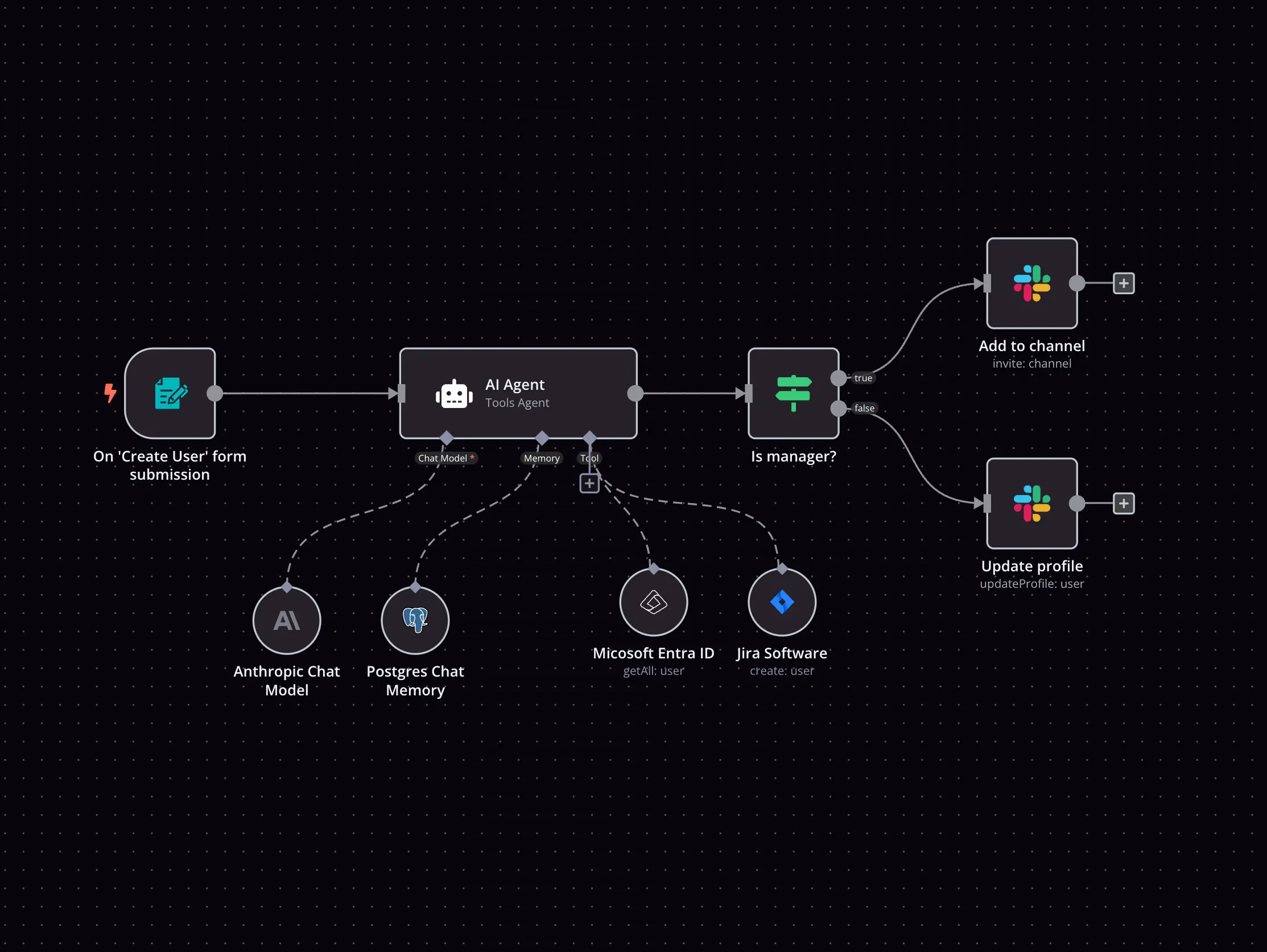HTTP Request and Wordpress integration
Save yourself the work of writing custom integrations for HTTP Request and Wordpress and use n8n instead. Build adaptable and scalable Development, Core Nodes, workflows that work with your technology stack. All within a building experience you will love.
How to connect HTTP Request and Wordpress
Create a new workflow and add the first step
In n8n, click the "Add workflow" button in the Workflows tab to create a new workflow. Add the starting point – a trigger on when your workflow should run: an app event, a schedule, a webhook call, another workflow, an AI chat, or a manual trigger. Sometimes, the HTTP Request node might already serve as your starting point.
Popular ways to use the HTTP Request and Wordpress integration
Write a WordPress post with AI (starting from a few keywords)
🔍🛠️Generate SEO-Optimized WordPress Content with AI Powered Perplexity Research
Automate SEO-Optimized WordPress Posts with AI & Google Sheets
Automate Content Generator for WordPress with DeepSeek R1
Publish WordPress Posts to Social Media X, Facebook, LinkedIn, Instagram with AI
Automated Content Generation & Publishing - Wordpress
Build your own HTTP Request and Wordpress integration
Create custom HTTP Request and Wordpress workflows by choosing triggers and actions. Nodes come with global operations and settings, as well as app-specific parameters that can be configured. You can also use the HTTP Request node to query data from any app or service with a REST API.
Wordpress supported actions
Create
Create a post
Get
Get a post
Get Many
Get many posts
Update
Update a post
Create
Create a page
Get
Get a page
Get Many
Get many pages
Update
Update a page
Create
Create a user
Get
Get a user
Get Many
Get many users
Update
Update a user
HTTP Request and Wordpress integration details
HTTP Request
Related categories
Automate lead management
Using too many marketing tools? n8n lets you orchestrate all your apps into one cohesive, automated workflow.
Learn more
Save engineering resources
Reduce time spent on customer integrations, engineer faster POCs, keep your customer-specific functionality separate from product all without having to code.
Learn more
FAQ
Can HTTP Request connect with Wordpress?
Can I use HTTP Request’s API with n8n?
Can I use Wordpress’s API with n8n?
Is n8n secure for integrating HTTP Request and Wordpress?
How to get started with HTTP Request and Wordpress integration in n8n.io?
Need help setting up your HTTP Request and Wordpress integration?
Discover our latest community's recommendations and join the discussions about HTTP Request and Wordpress integration.

Google Verification Denied
Moiz Contractor
Describe the problem/error/question Hi, I am getting a - Google hasnt verified this app error. I have Enable the API, the domain is verified on the Cloud Console, the user is added in the search console and the google do…
Open topic

HTTP request, "impersonate a user" dynamic usage error
theo
Describe the problem/error/question I a http request node, I use a Google service account API credential type. I need the “Impersonate a User” field to be dynamic, pulling data from the “email” field in the previous nod…
Open topic

Why is my code getting executed twice?
Jon
Describe the problem/error/question I have a simple workflow that retrieves an image from url with http node and prints the json/binary in code. I have a few logs, but I am confused why I see duplicate messages for each …
Open topic

How to send a single API request with one HTTP node execution, but an array of parameters in it (like emails[all]?)?
Dan Burykin
Hi! I’m still in the beginning. Now I need to make an API call via HTTP node, and send all static parameters, but with the array of emails parameter (named it wrongly just to show what I need {{ $json.email[all] }}). Wo…
Open topic

Start a Python script with external libraries - via API or Command Execution?
Tony
Hi! I have a question: I am making an app that allows a person to scrape some data via a Python library. I have a Python script that needs to be triggered after certain user actions. What is the best way to: Send a p…
Open topic
Looking to integrate HTTP Request and Wordpress in your company?
The world's most popular workflow automation platform for technical teams including
Why use n8n to integrate HTTP Request with Wordpress
Build complex workflows, really fast



